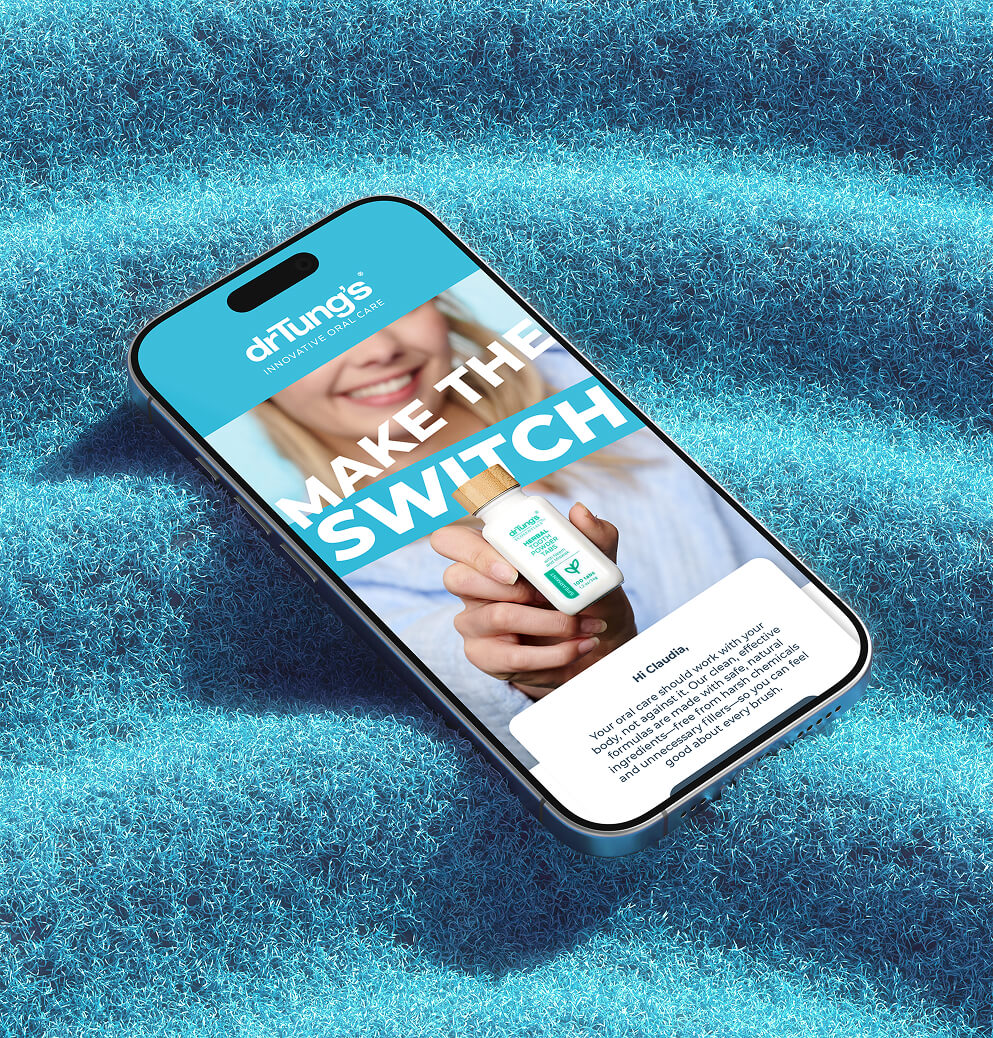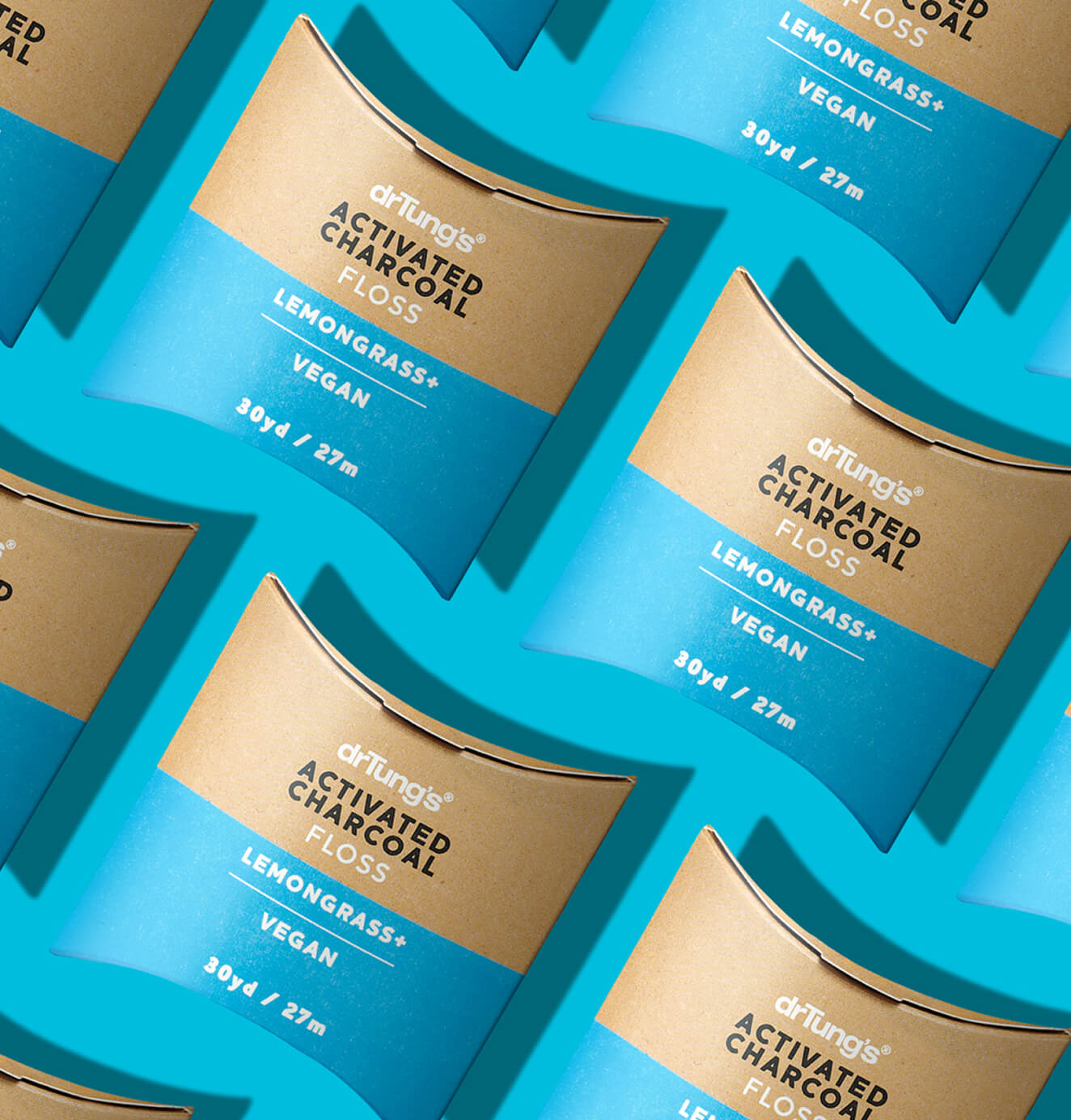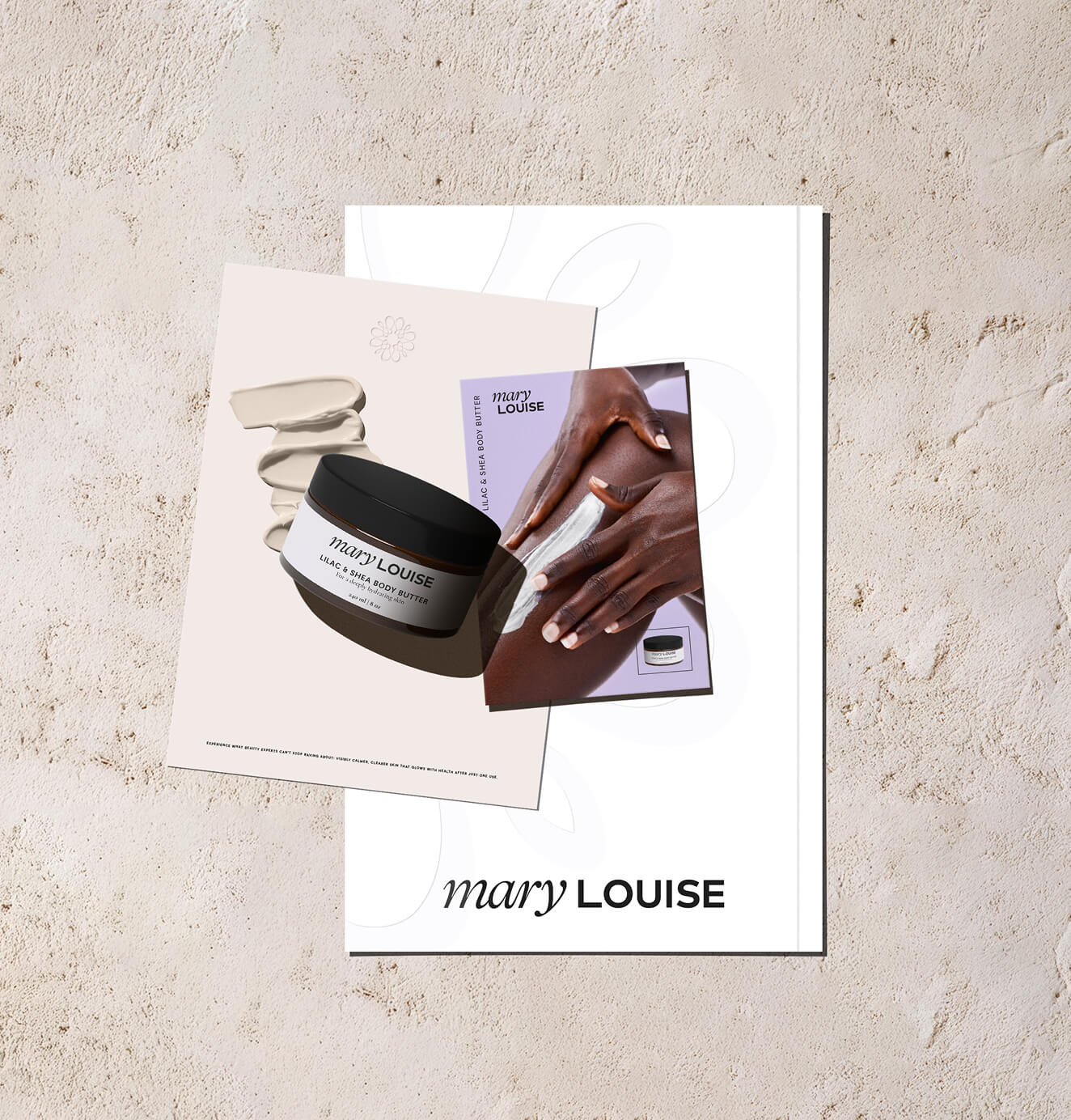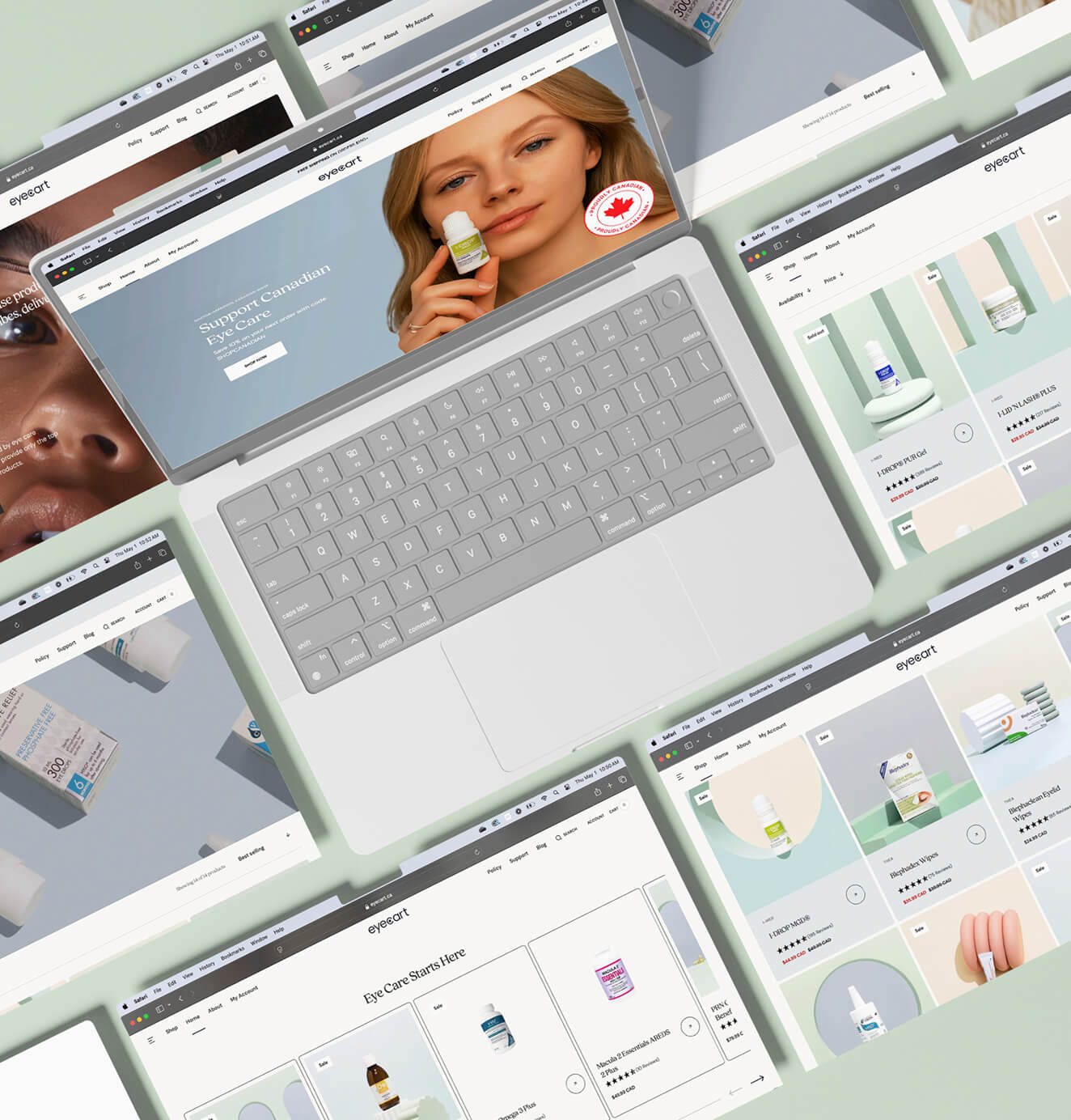How to Create Hype: Up Your Brand with These Proven Strategies
02/20/2025
Branding / Marketing Strategy
Building hype is an art—this guide will show you how to generate excitement, captivate your audience, and elevate your brand with powerful, time-tested strategies.

In the world of branding, the creation of 'Brand hype' is not just a strategy; it's an art form. It’s about orchestrating a symphony of anticipation, exclusivity, and engagement that resonates with your audience’s deepest desires and aspirations. From leveraging the omnipotent power of social media platforms to mastering the alchemy of scarcity and exclusivity, we’ll uncover the secrets behind crafting a magnetic brand persona that captivates and enthralls. Dive deep with us as we dissect innovative product launches that break the mold, community engagement strategies that foster brand loyalty, and content marketing techniques that position your brand as a thought leader. We’ll also unveil the power of user-generated content as a tool for authentic brand endorsement and the art of surprise and delight in creating unforgettable brand experiences. But this is more than just a showcase of strategies. It’s a blueprint for measuring, analyzing, and refining your approach to ensure your brand not only creates a buzz but sustains a resonating echo in the hearts and minds of your audience. Whether you’re a startup looking to make a splash or an established brand aiming to rejuvenate your image, this blog is your guide to mastering the art of brand hype.
.png)


Unleashing the Power of Social Media: A Catalyst for Brand Hype



Social media is not just a tool; it’s a stage where your brand performs, interacts, and connects with its audience to build hype and get the audience excited about new releases and promotions.
The power of platforms like Instagram, Twitter, TikTok, and Facebook lies in their ability to amplify your brand’s voice and reach an audience that spans the globe.
The Art of Teasing on Social Media Posts
Creating anticipation is a classic move in the playbook of brand hype.
Tease your audience with snippets of upcoming products or events.
A study by Sprout Social suggests that teasers can increase engagement by up to 30%.
This approach not only builds curiosity but also initiates conversations and speculation, keeping your brand at the forefront of your audience's mind.
Analytics: The Compass for Strategy
Finally, leveraging analytics tools provided by these platforms can offer insights into what's working and what's not, allowing you to refine your strategies for maximum impact.
Crafting Desire: The Magic of Scarcity and Exclusivity
In the world of branding, scarcity and exclusivity aren’t just tactics; they are powerful psychological triggers that can create excitement and transform your audience’s interest into a fervent desire.
By carefully crafting a narrative of limited availability and exclusive access, brands can create a sense of urgency through scarcity and exclusivity that compels action and fosters a deeper connection with their audience.
The principle is simple: the fewer there are, the more valuable they become. This tactic not only drives immediate sales but also enhances the perceived value of the brand. For instance, luxury brands often release limited edition items, which are known to sell out in minutes, creating a buzz in the market and among consumers. During the launch phase, employing scarcity and exclusivity can significantly enhance the anticipation and excitement around your product.
Early Access: Rewarding Loyalty
Offering early access to products or services to a select group of customers is an excellent way to build loyalty and create hype.
This approach makes your most loyal customers feel special and appreciated, encouraging them to share their exclusive experiences with others.
Customers who are part of exclusive groups are more likely to engage in positive word-of-mouth.
Membership Programs: Building an Exclusive Community
Creating exclusive membership programs can also generate hype.
Members could receive special perks, such as access to limited products, special events, or insider information.
This not only incentivizes more people to join but also creates a community around your brand.
Membership programs can increase customer purchase frequency and spending.
Flash Sales: The Thrill of the Chase
Flash sales are time-sensitive discounts or offers that create a sense of urgency.
This strategy can attract a surge of traffic to your website and can lead to a quick spike in sales.
Flash sale emails have a 14% higher click-to-open rate and 59% higher transaction rates compared to regular email campaigns.
Weaving Narratives: The Impact of Storytelling in Branding












Storytelling in branding is more than a marketing tactic; it's an emotional journey that connects your brand to your audience on a deeper level.
A well-crafted story can not only captivate the audience but also imbue your brand with personality and values that resonate with your customers.
Emotional Connection: The Heart of Customer Loyalty
Emotional connection is a key driver of customer loyalty and advocacy.
A study by Harvard Business Review revealed that emotionally connected customers are more than twice as valuable as highly satisfied customers.
Stories that evoke emotions – be it inspiration, happiness, or even nostalgia – can create a lasting impression and foster a strong brand-customer relationship.
Authenticity: The Foundation of Trust
Authenticity in storytelling is crucial.
Consumers today are savvy; they can easily distinguish between genuine storytelling and a sales pitch.
Authentic stories that reflect your brand's true values and purpose can build trust and credibility.
According to a survey by Stackla, 86% of consumers say authenticity influences their decision on which brands they support.
Multi-Channel Storytelling
Leveraging multiple channels to tell your story ensures a wider reach and reinforces your message.
Whether it's through social media, your website, or traditional advertising, consistency across channels is key.
Each platform offers a unique way to tell a part of your story, creating a comprehensive narrative around your brand.
User-Generated Stories
Encouraging your audience to share their own stories related to your brand can amplify your message and add a layer of authenticity.
User-generated content can serve as powerful testimonials and real-life examples of your brand's impact.
Measuring the Impact
The impact of storytelling can be measured through engagement metrics, brand sentiment analysis, and customer feedback.
Monitoring these metrics can provide insights into how your stories resonate with your audience and how they influence brand perception.
Want to learn more about brand platforms, Brand Strategy and Brand Identity? Keep reading!
If you need help with your companies brand strategy and identity, contact us for a free custom quote.
Revolutionizing First Impressions: The Art of Innovative Product Launches

A product launch is much more than just an announcement; it’s a pivotal moment that can set the tone for your product’s journey in the marketplace. Hosting a launch event can generate buzz and give customers an opportunity to interact with the brand and products in person. Crafting compelling press releases can also help in generating media coverage and creating buzz around your product launch.
The importance of setting a strategic launch date cannot be overstated, as it helps build anticipation and excitement for the product launch. Innovative launches can create a buzz, capture attention, and leave a lasting impression, turning a simple release into an event that’s eagerly anticipated and widely talked about.
Breaking the Mold with Creative Launch Strategies
Innovation in product launches often involves thinking outside the traditional marketing box.
This could mean interactive online events, unique collaborations, or immersive experiences that go beyond just showcasing the product.
Leveraging Technology for Immersive Experiences
With advancements in technology, virtual and augmented reality can offer immersive experiences that make product launches more engaging.
These technologies can transport your audience into a world crafted around your product, creating a memorable experience.
According to a study by the International Journal of Advanced Computer Science and Applications, VR and AR can significantly enhance user engagement and brand perception.
Generating Buzz Before Launch
Building anticipation before the actual launch can significantly amplify the impact of the event. This can be achieved through teaser campaigns, countdowns, and sneak peeks.
Collaborations and Partnerships
Collaborating with other brands, influencers, or celebrities for a product launch can broaden your reach and add an element of surprise and credibility. These partnerships can bring together different audiences and create a larger buzz around the launch.
Measuring Success and Gathering Feedback
Post-launch, it's crucial to measure the success of the launch and gather feedback. This can be done through sales data, social media engagement metrics, and customer feedback. Understanding the reception of your launch can provide valuable insights for future product introductions.
Cultivating Loyalty: The Role of Community Engagement in Brand Hype
Engaging with your brand's community is not just about maintaining a customer base; it's about nurturing a loyal following that believes in your brand's vision and values. This engagement is a two-way street, where the brand not only shares its story but also listens to and values the voices of its community.
Engaging Through Social Media
Social media platforms are ideal for building and engaging with your community. Regular posts, responding to comments, and creating community-exclusive content can keep your audience engaged. Platforms like Facebook and Instagram also offer features like groups and live videos, which can be used to host Q&A sessions, webinars, or community discussions.
Leveraging User Feedback
Engaging with your community also means listening to their feedback. This feedback can be invaluable in improving your products or services and shows your community that their opinions matter. A study by Microsoft found that 77% of consumers have a more favourable view of brands that ask for and accept customer feedback.
Exclusive Events and Offers
Hosting exclusive events or offering special deals to your community can make members feel valued and deepen their connection with your brand. These can range from online webinars to in-person meetups or community-only discounts.
Measuring Community Engagement
To understand the effectiveness of your community engagement strategies, track metrics like engagement rates, community growth, and the sentiment of the conversations within the community. This data can help refine your approach and ensure your community remains vibrant and engaged.
In the next section, we will delve into the significance of user-generated content in brand hype and how it can be leveraged to enhance authenticity and trust.
Authentic Advocacy: Harnessing the Power of User-Generated Content
User-generated content is not just a marketing asset; it’s a testament to your brand’s impact and resonance with its audience, including its social media followers. UGC, encompassing everything from customer reviews to social media posts, offers a level of authenticity and relatability that branded content often struggles to achieve. It is perceived as inherently trustworthy because it comes directly from fellow consumers, not the brand itself, as it provides prospective customers with real-life experiences and feedback.
Encouraging User Participation
Encouraging your customers to share their experiences with your brand can be done through social media challenges, hashtag campaigns, or featuring user content on your platforms. For instance, GoPro's user-generated content strategy showcases their product's capabilities and builds a community of loyal customers who feel valued and seen.
User Content in Marketing Campaigns
Incorporating UGC into your marketing campaigns can enhance their relatability and reach. It shows that you celebrate and value your customers' experiences, creating a more personal connection with your audience. Displaying these reviews on your website or social media can significantly influence purchasing decisions.
Monitoring and Curating UGC
While UGC is valuable, monitoring and curating this content to ensure it aligns with your brand values and message is important. Highlighting the best and most relevant UGC can help maintain the quality and consistency of your brand's image.
Mastering the Narrative: Content Marketing as a Pillar of Brand Hype
Content marketing transcends traditional advertising by incorporating a well-planned promotional campaign that offers value through informative, engaging, and relevant content. This approach not only attracts and retains a clearly defined audience but also positions your brand as an industry leader and a reliable source of information.
The core of content marketing lies in providing value to your audience. Whether it's through insightful blog posts, informative videos, or engaging infographics, the goal is to offer content that educates, entertains, or solves problems. According to the Content Marketing Institute, 72% of marketers say content marketing increases engagement and the number of leads.
Establishing Thought Leadership
By consistently providing high-quality content in your area of expertise, you can establish your brand as a thought leader. This not only builds credibility but also trust with your audience.
SEO and Content Marketing
Search Engine Optimization (SEO) plays a crucial role in content marketing. By optimizing your content for search engines, you increase the visibility of your brand online, attracting more traffic to your website. A report by BrightEdge found that organic search drives 53% of website traffic.
Leveraging Different Content Formats
Diversifying your content format can help create viral content and reach a wider audience. Blogs, podcasts, videos, webinars, and e-books each appeal to different segments of your audience, covering various aspects of your brand and industry. Interactive content like quizzes, polls, and shareable items such as infographics or short videos can boost engagement and increase the chances of going viral.
Measuring the Impact of Content Marketing
To gauge the effectiveness of your content marketing efforts, track metrics such as website traffic, engagement rates, lead generation, and conversion rates. This data can provide insights into what types of content resonate with your audience and drive the most value for your
Crafting Memorable Moments: The Art of Surprise and Delight in Marketing

Surprise and delight tactics are about going beyond the expected to create memorable, joyous experiences for your customers. This approach fosters a positive brand image and builds emotional connections that can lead to lasting customer loyalty.
The Element of Surprise in Customer Experience
The power of surprise in marketing lies in its ability to create a strong emotional response. A pleasant surprise can turn a regular customer interaction into a memorable story that gets shared and talked about. For example, when a brand unexpectedly upgrades a customer's purchase or sends a personalized gift, it creates a moment of delight that can significantly enhance customer loyalty.
Personalization is at the heart of effective surprise and delight strategies. Tailoring experiences or gifts to the individual shows that you value and understand your customers.
Exclusive Offers and Unexpected Rewards
Offering exclusive deals or unexpected rewards to your customers can be a great way to surprise and delight them. This could be in the form of a special discount, early access to a new product, or a complimentary service. These gestures show appreciation for their business and can encourage repeat purchases.
Leveraging Social Media for Viral Moments
Social media can be a powerful tool in your surprise and delight strategy. Sharing these moments on social media not only amplifies the positive impact on the recipient but also showcases your brand's commitment to customer happiness to a broader audience.
Random acts of kindness, such as responding to a customer's social media post with a gift or a special message, can create a buzz and enhance the perception of your brand as caring and attentive.
Measuring the Impact
While surprise and delight tactics can be challenging to measure directly regarding ROI, metrics like customer satisfaction scores, social media engagement, and repeat purchase rates can provide insights into their effectiveness.
Staying Ahead of the Curve: Adapting to Industry Trends for Sustained Brand Hype
In the fast-paced world of branding and marketing, staying relevant means being adaptive to changing industry trends. By aligning your brand with these trends, you not only demonstrate your commitment to innovation but also keep your audience engaged and excited about what's next.
Identifying and Embracing Emerging Trends
Keeping a finger on the pulse of your industry is crucial, involving monitoring market research, industry news, and consumer behaviour patterns. Data analytics tools provide valuable insights into emerging trends, helping you analyze customer data, market trends, and competitor strategies. This allows you to anticipate shifts in consumer preferences and adapt your marketing strategies accordingly.
Collaborating for Trend-Driven Innovation
Collaborations with other brands or influencers who are aligned with emerging trends can be a powerful way to tap into new audiences and add a fresh perspective to your brand. These partnerships can create buzz and open up opportunities for innovative marketing campaigns.
Measuring the Impact of Trend-Based Strategies
To assess the effectiveness of your trend-based strategies, monitor metrics such as engagement rates, website traffic, and sales data following trend-aligned campaigns. This will help you understand the resonance of these trends with your audience and the impact on your brand.
Measuring Success: The Importance of Analytics in Brand Hype Strategies
The ability to measure the impact of your strategies is as important as the strategies themselves. Before launching any brand hype strategy, it's crucial to define clear objectives and key performance indicators (KPIs). Whether it's increasing brand awareness, boosting sales, or enhancing customer loyalty, having specific goals allows you to measure success more effectively.
Leveraging analytics tools can provide a wealth of data about your brand's performance. Tools like Google Analytics, social media insights, and customer relationship management (CRM) systems can track various metrics, from website traffic and conversion rates to social media engagement and customer feedback.
Customer feedback, whether it's through surveys, reviews, or social media interactions, is invaluable in assessing the effectiveness of your brand hype strategies.
Regularly analyzing the performance of your campaigns and being willing to adapt based on the data is key to staying relevant and maintaining brand hype.
The Big Picture: Long-Term Brand Health
While short-term metrics are important, it's also crucial to consider the long-term health of your brand. This includes factors like brand reputation, customer loyalty, and market position. Regular brand audits and long-term performance reviews can provide a broader perspective on how your brand is perceived over time.
In conclusion, creating and sustaining brand hype is a dynamic and multifaceted endeavour. By leveraging a mix of innovative strategies, engaging content, and robust analytics, you can not only capture the attention of your audience but also build a lasting and beloved brand. Remember, the key to successful brand hype lies in understanding your audience, being authentic, and continuously evolving your strategies to stay ahead in the ever-changing landscape of branding and marketing.

Sloane Avery
As entrepreneurs, they’ve built and scaled their own ventures from zero to millions. They’ve been in the trenches, navigating the chaos of high-growth phases, making the hard calls, and learning firsthand what actually moves the needle. That’s what makes us different—we don’t just “consult,” we know what it takes because we’ve done it ourselves.
Want to learn more about brand platform?
If you need help with your companies brand strategy and identity, contact us for a free custom quote.
We do great work. And get great results.
+2.3xIncrease in revenue YoY
+126%Increase in repurchase rate YoY








+93%Revenue growth in first 90 days
+144% Increase in attributed revenue








+91%Increase in conversion rate
+46%Increase in AOV








+200%Increase in conversion rate
+688%Increase in attributed revenue












